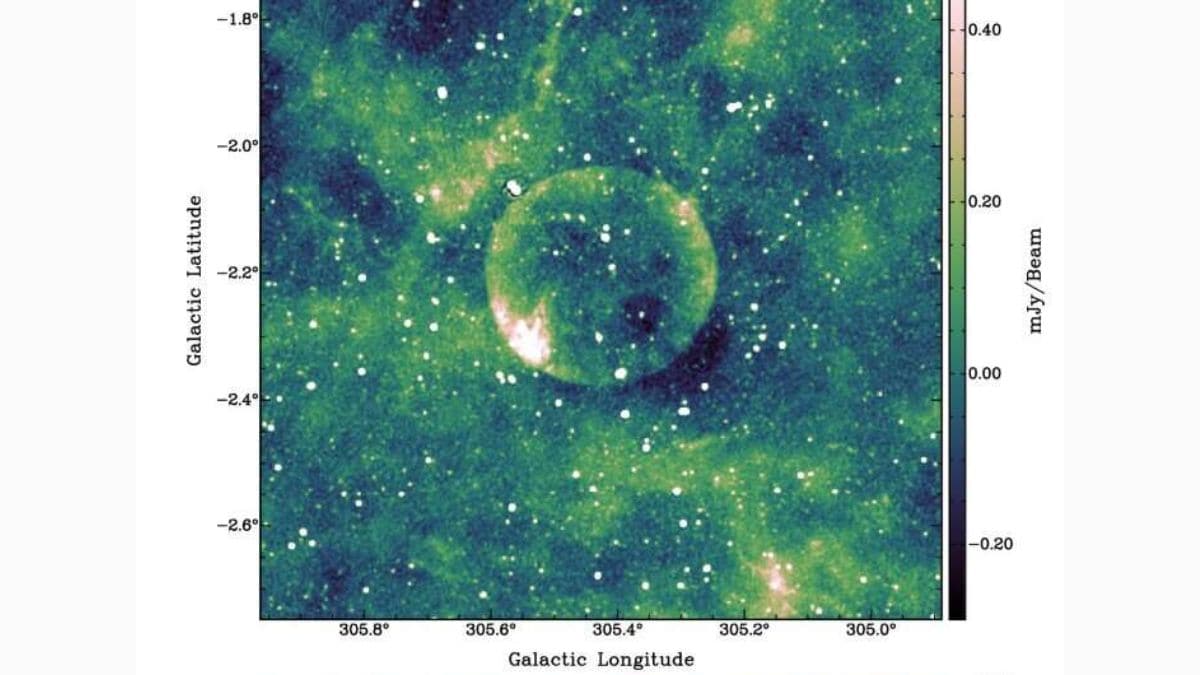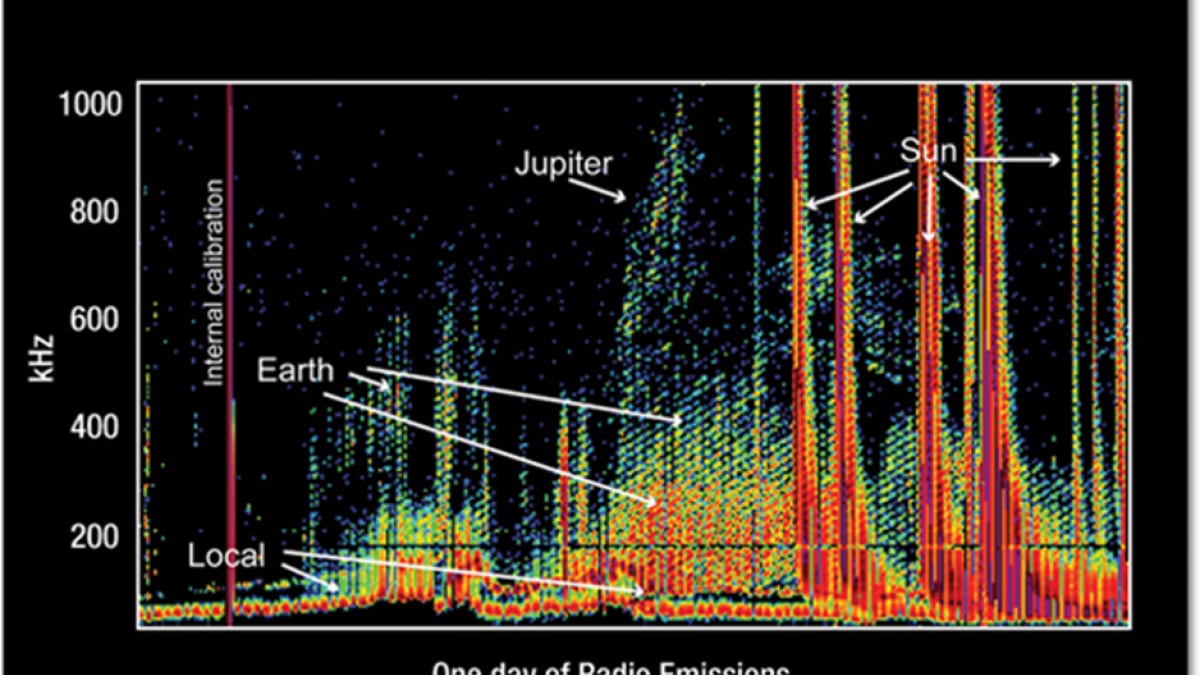Astronomers Discover Teleios, A Supernova Remnant with Perfect Symmetry
A Supernova remnant (SNR) with exceptional circular symmetry has been spotted by an international team of researchers. Supernova remnants (SNRs) are the remains of a supernova explosion, seen as diffuse,expanding structures. Observations show that SNRs harbor ejected material expanding from the supernova explosion. They also contain other interstellar material that has been swept up by the passage of the shockwave from the exploded star. This rather unusual SNR is named “Teleios”, the Greek term of perfect. The newfound SNR, officially designated as G305.4–2.2 was identified in the radio-continuum images of the Australian Square Kilometre Array Pathfinder (ASKAP) Evolutionary Map of the Universe (EMU).
Unusual structure and properties
According to the research paper describing the “Teleios”, it stands out for its unusual symmetrical structure. SNRs generally are unsymmetrical due to uneven distribution of the interstellar medium (ISM) they expand into. A few remnants like lSNR J0624–6948, SN1987A, or MC SNR J0509–6731 exhibit similar morphology
According to the paper, G305.4–2.2 or “Teleios” is located at a distance of 7,170 or 25,100 light years away, corresponding to a diameter of 45.6 or 156.5 light years, respectively. The study found some extended radio emission inside the southeastern edge of Teleios’s shell. This suggests that at least some parts of this region might be affected by the interaction of Teleios with local interstellar medium (ISM) structures. A steep spectral index of -0.6 suggests the remnant is either relatively young or very old and exhibits low surface brightness. These features make Teleios a compelling target for deeper investigation.
Possible Origins and Future Research
The study’s authors propose that Teleios likely originated from a Type Ia supernova, possibly formed below the Milky Way’s galactic plane. However, no direct evidence currently confirms this hypothesis. To uncover more about Teleios’s origin and evolution, the researchers recommend future high-resolution, multi-frequency observations.
These could reveal its expansion velocity and provide a clearer picture of its age and composition. Such efforts would not only enhance understanding of this unique remnant but also offer broader insights into the diversity and behaviour of supernova explosions in our galaxy.
For the latest tech news and reviews, follow Gadgets 360 on X, Facebook, WhatsApp, Threads and Google News. For the latest videos on gadgets and tech, subscribe to our YouTube channel. If you want to know everything about top influencers, follow our in-house Who’sThat360 on Instagram and YouTube.




